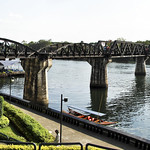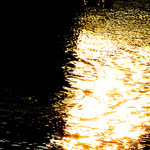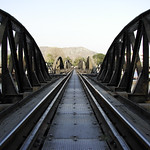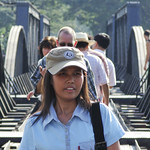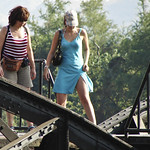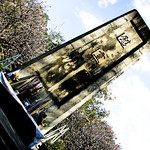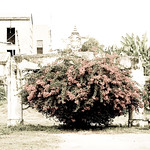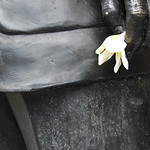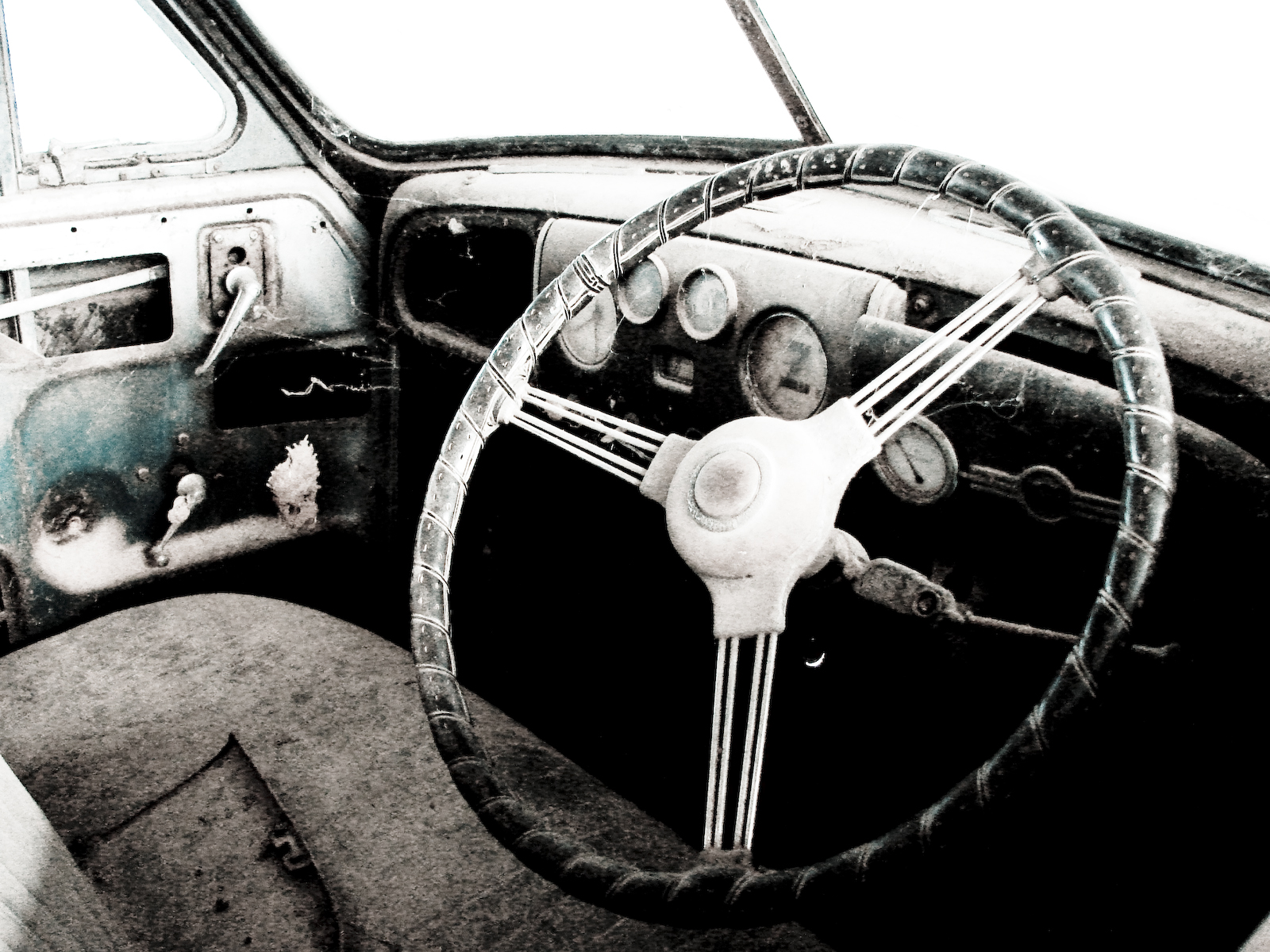Building the Death Railway
And so this is Christmas. Bloody hot.
We went to see three museums on the building of the bridge on the river Kwai as well as the bridge itself and one war cemetery. Of the three museums, particularly the Thai-Burmese Railway Centre is worth visiting.
All three museums on the Death Railway clearly show that history is made by those who record it, as all three museums' subject matter are the many allied prisoners of war (POWs) who worked and died while building the Death Railway for the Japanese, trying to supply Burma during the second world war. Of course, the whole episode was very dramatic and one of history's black pages, but the strong emphasis on the allied dead passes by the appalling number of non-POW dead as a result of the building of the railroad.
In total, around 16000 allied POWs are believed to have died during the 18 months it took to build the railway. That figure is quite accurate and practically all of the men killed are known by name.
Besides the allied POWs, who were forced to work on the railway, a large regional labour force was also recruited, working under similar grueling circumstances as the POWs. In total, it is believed, no less than 100.000 non-POWs died while building the Death Railway. That's right, more than six times the number of POWs. And almost nary a mention in any of these three museums of all these regional laborers. What's worse, because the Geneva convention didn't require the Japanese to keep records of these workers, practically nothing is known of this workforce. Not their names nor their origins.
Yet, in remembering the dead 'on' the river Kwai, we remember the Brits, Aussies, Dutch and Americans.
